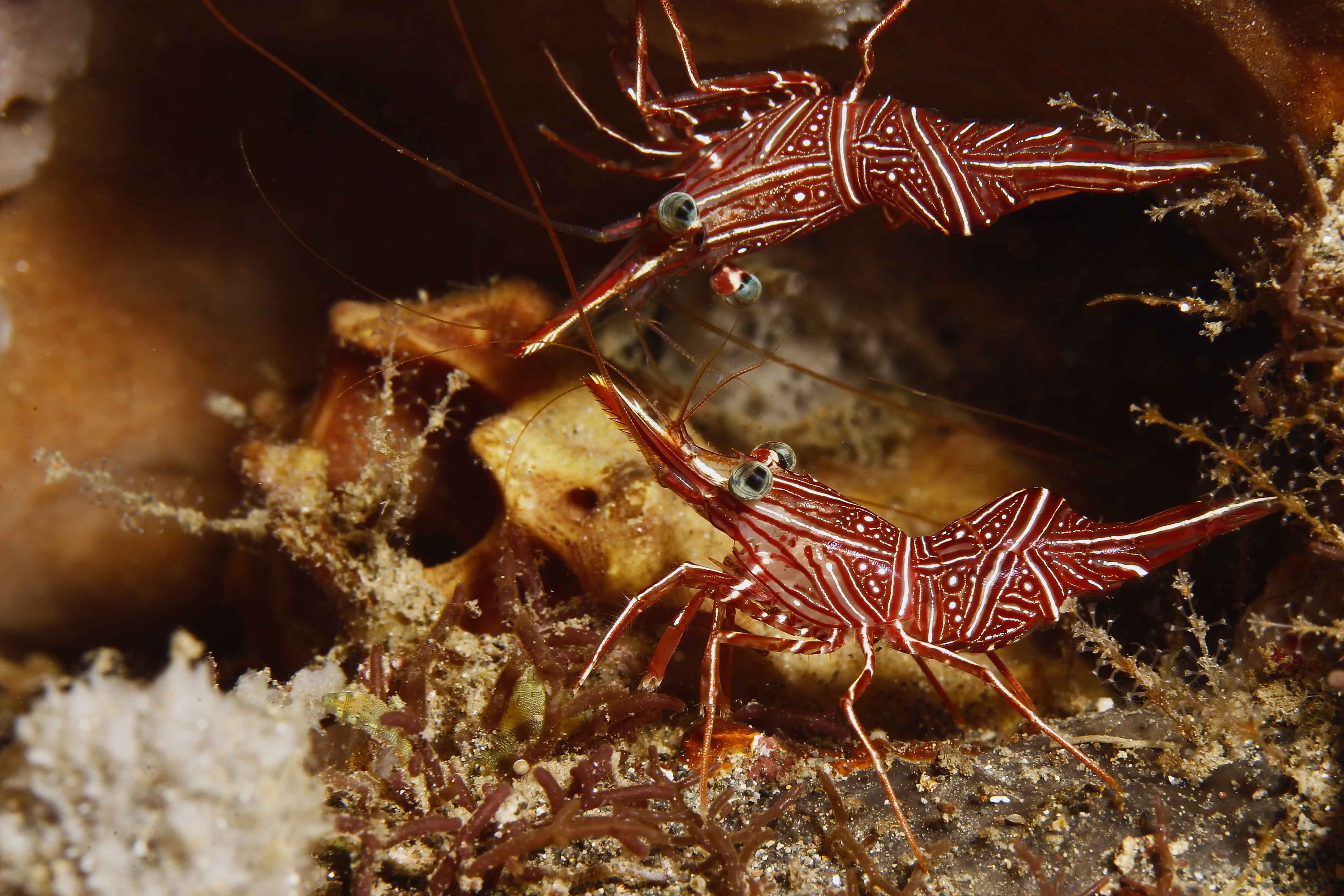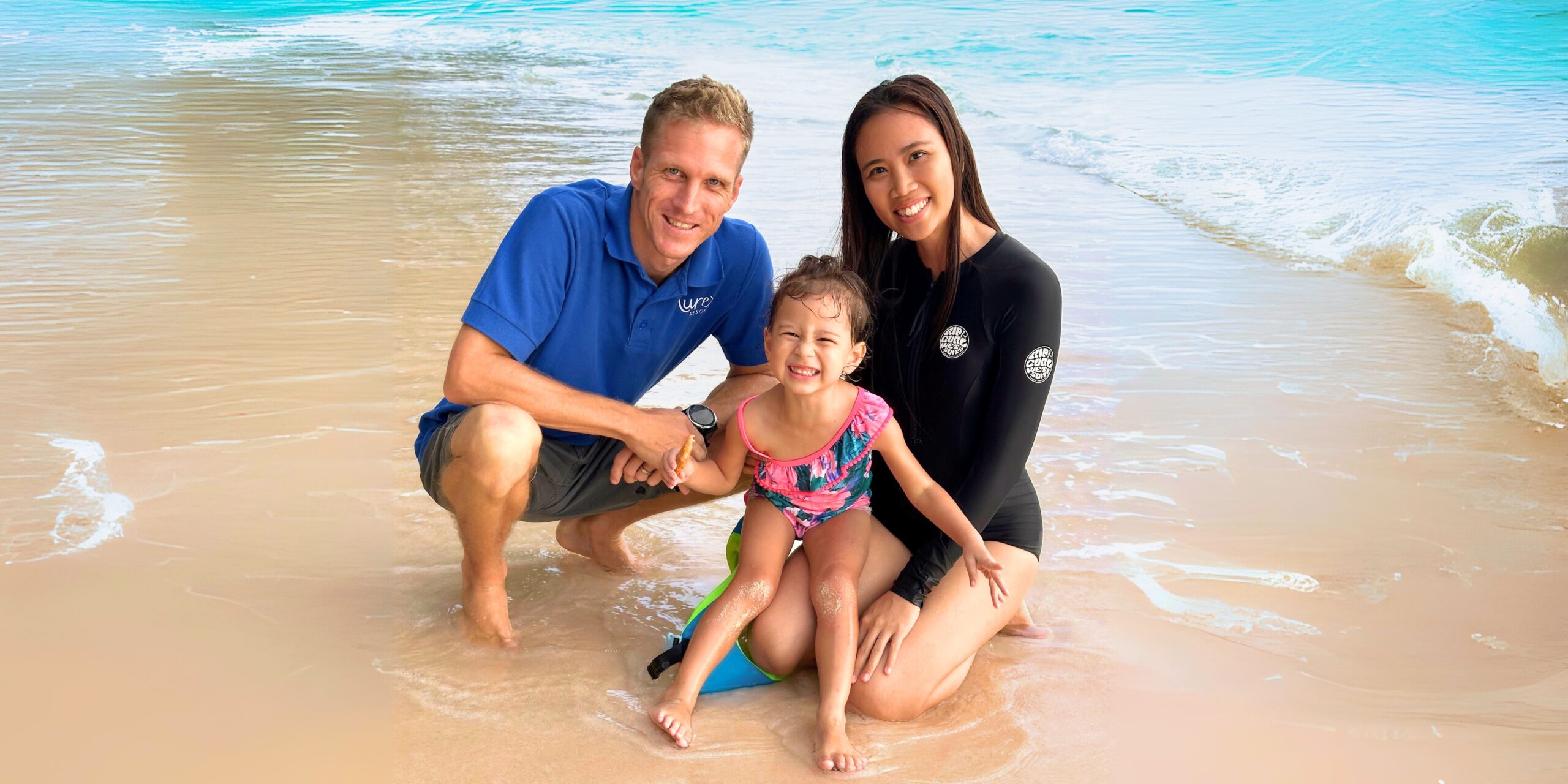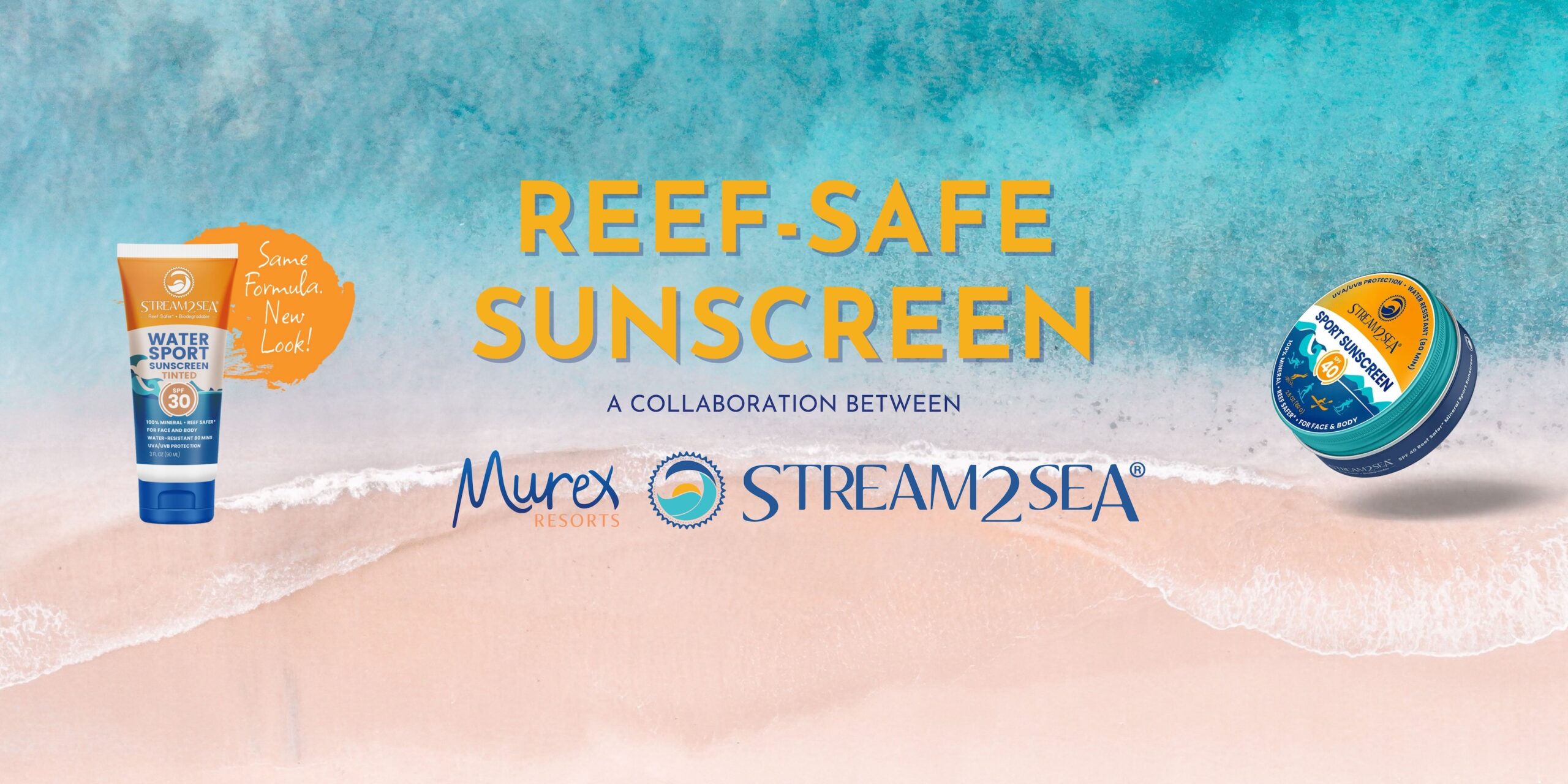Murex Manado House Reef
Murex Manado House Reef spreads over quite a large area. It offers shallow water coral reef patches and black volcanic sandy slope. There are dozens of reef balls placed on the house reef in small groups in depth from 10- 18 meters. At 10 meters depth there is also a wreck of a small wooden boat, a favorite hideout for juvenile stripped snappers.
 There was an underwater trail installed in June 2014. The trail leads you from the beach over the boulder passage and across the patched reef and sandy slopes. Given the topography of the house reef we chose a main trail leading straight out to about 12 meters depth and then leading left through groups of reef balls at 12- 18 meters and leading then back through a sandy slope and patches of reef to the entry trail at 7 meters depth.
There was an underwater trail installed in June 2014. The trail leads you from the beach over the boulder passage and across the patched reef and sandy slopes. Given the topography of the house reef we chose a main trail leading straight out to about 12 meters depth and then leading left through groups of reef balls at 12- 18 meters and leading then back through a sandy slope and patches of reef to the entry trail at 7 meters depth.
This main trail also has a deep extension. It can be reached by following the main trail to the only crossroad at 12 meters. if our guest wish, they can continue straight down, with a maximum depth of 25 meters. This deep trail runs parallel to the main underwater trail and gradually connects back to it at about 15 meters depth. The deep trail runs through a sandy slope and scattered patches of sponges, coral heads and ascidians colonies. Juvenile angelfish often chose the deep part of the trail as their hide out.
In case that there is a strong current caused by tidal movement, also a third, additional trail was installed. The trail leads you of to the right, at the crossroad at 12 meter depth and makes a nice loop around yet another sets of reef balls and up through the patched coral reef back to the main entry trail and connects to it at 7 meters depth, exactly at the same place as the main trail connects.
The Murex Manado house reef offers a mix of patched coral reef, dense in the shallows and spreading out as it gently slopes down to about 12-15 meters and then slopes at a greater angle and offers sandy black volcanic slope with scattered patches of growth. The hard coral on the reef has mainly encrusting, massive or branching forms. The coral colonies are relatively small, with some beautiful exceptions. There is a large Porites sp. boulder at 3 meters and the trail leads you right pass it. You can often see several moray eel species hiding under it, Banded sea snake (Laticauda colubrina) foraging for food and lionfish (Pterois volitans) resting on it. There are also some large tables of Acropora sp. colonies within the trail and these give a great opportunity to observe or photograph several different juvenile species of damselfish, hiding snappers and lionfish waiting for their chance to hunt. There is also a beautiful fan coral by the main trail at 16 meters that settle onto one of the numerous reef balls. Striped pipefish, juvenile Toby’s feeding, many lionfishes (Pterois volitans), several species of cleaner shrimps and morays are just examples of the marine life that can be found on this one set of reef balls.
The house reef also offers great possibilities to photograph some of the Sulawesi’s typical critters such as Flying Gurnard, ribbon eels (Rhinomuraena quaesita), stick pipefish (Trachyrhamphus longirostris), several scorpion fish species, broadclub cuttlefish (Sepia latimanus), schooling squids, blue spotted rays and even an odd eagle ray, furthermore are there Dendronephthya sp. soft corals settled on some of the reef balls with candy crabs and soft coral cowries hiding among their tough spicules; furthermore are there many many nudibranch species and even Spanish dancers can be often seen on a night dive. There are also several cleaning stations scattered on the house reef. Some are on large sponges, some on reef patches and some even on the reef balls themselves. Due to its location, the house reef is a perfect hatching place and nursery for reef fish. The visibility is generally good, averaging at 12-15 meters.
Written by : Kat Bengtsson Kupcik
Kat and her husband, Johan Bengtsson, worked for Critters@Lembeh in 2006 / 2007. There they did a similar house reef project as they have done now here at Murex Manado & Bangka. Kat is a marine biologist and graduated in 2005 as Bachelor of science in Marine biology from James Cook university in Townsville, Australia. Below a picture of Kat & Johan with their 3 kids, Vicki & the twins, CLaudia & Vanessa.






